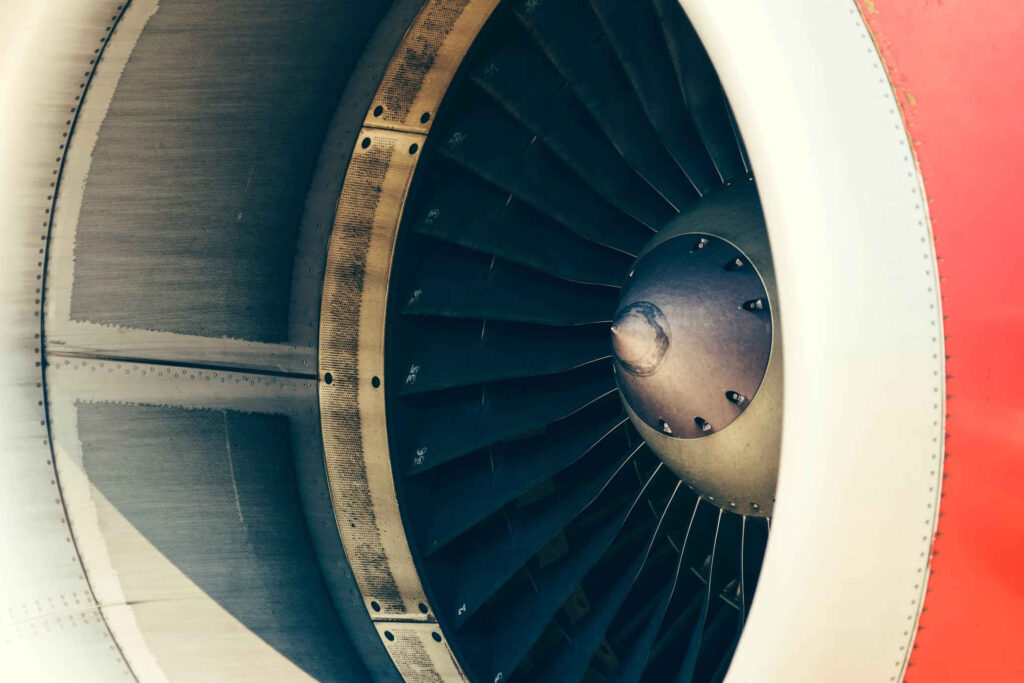The government is introducing new regulations requiring fuel companies to maintain at least 10 days’ worth of jet fuel near Auckland Airport to safeguard against supply disruptions, Associate Energy Minister Shane Jones announced.
The measure aims to strengthen the country’s resilience to fuel shortages that could impact its critical regional and international connections.
The move follows concerns over the industry’s failure to meet recommended stockpile levels. Jones highlighted the 2017 crisis when a ruptured Ruakākā to Auckland fuel pipeline disrupted more than 270 flights, leading to significant delays and logistical challenges. A subsequent 2019 inquiry recommended fuel companies ensure 10 days of jet fuel cover for 80% of peak operations, a step the industry has not yet achieved.
Under the new rules, set to take effect in November 2026, jet fuel companies must hold the mandated reserves near Auckland Airport, with regular reporting to ensure compliance. The timeline allows for necessary engineering upgrades, with one option involving the conversion of an existing tank at the Wiri Terminal. Jones emphasized the critical importance of fuel security, noting the regulations will help protect New Zealand’s economy and maintain its global connectivity.
Image credit: inspirationfeed

Who was operating the digger that cut the fuel line?
In an emergency, you can fly a jet on AvGas (100 low-lead Octane) but these are usually reserved for one-time emergency flights.
Upon landing, you must de-fuel the aircraft and then service the same with Jet A, or Jet A-1.
You must also inspect the pressure turbines for lead build-up or partial melting.
The military uses JP-4, JP-5 and JP-8, which is a mix of Avgas and Jet A.
JP-8 is what the SR-71 / YF-12 used, and it required TEB (Tetra-Ethyl Bromide) in order to flash an ignition.
Hence, if Auckland, Welly, Christchurch or Dunedin had a massive disaster and Jet A wasn’t available, you can still evacuate by air using Avgas for a one-time flight.